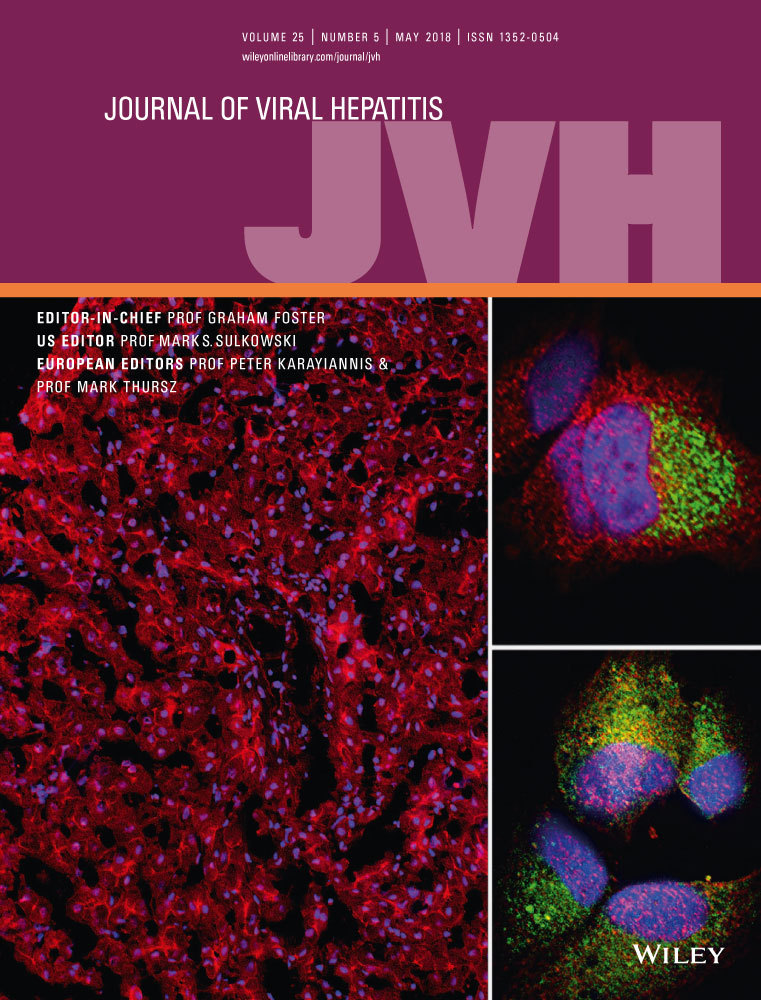Delayed viral suppression during antiviral therapy is associated with increased hepatocellular carcinoma rates in HBeAg-positive high viral load chronic hepatitis B
Funding information
This research was supported by a grant of the Korea Health Technology R&D Project through the Korea Health Industry Development Institute (KHIDI), funded by the Ministry of Health & Welfare, Republic of Korea (grant number: HI16C1074).
Summary
The treatment option in chronic hepatitis B (CHB) patients with persistent low-level viremia despite entecavir or tenofovir monotherapy is unclear. This study investigated the development of hepatocellular carcinoma (HCC) or cirrhosis in hepatitis B e antigen (HBeAg)-positive high viral load CHB patients, according to the time needed to achieve complete viral suppression. A total of 325 HBeAg-positive CHB patients with high viral load who were recently started on antiviral therapy with entecavir or tenofovir were included. The enrolled patients were divided into 2 groups with 4 separate criteria based on the time needed to achieve complete viral suppression: within 1, 2, 3 or 4 years of therapy initiation. The outcomes were development of HCC and cirrhosis. The cumulative incidence of HCC was significantly higher in patients failing complete viral suppression within 1 year (hazard ratio (HR), 4.54; 95% confidence interval (CI), 1.03-19.93; P = .045) or 2 years (HR, 3.38; 95% CI, 1.24-9.23; P = .018), than patients who achieved complete viral suppression within 1 or 2 years, respectively. Cumulative incidence of cirrhosis was also significantly higher in patients failing suppression within 1 year (HR, 1.95; 95% CI, 1.04-3.66; P = .037) or 2 years (HR, 2.44; 95% CI, 1.41-4.22; P = .001). When the time for achieving viral suppression exceeded 2 years, the cumulative incidence of HCC or cirrhosis was not different regardless of viral suppression. Complete hepatitis B virus suppression within 2 years of antiviral therapy initiation is associated with risk reduction in HCC or cirrhosis development.
CONFLICT OF INTEREST
The authors confirm that this article content has no conflict of interest.




